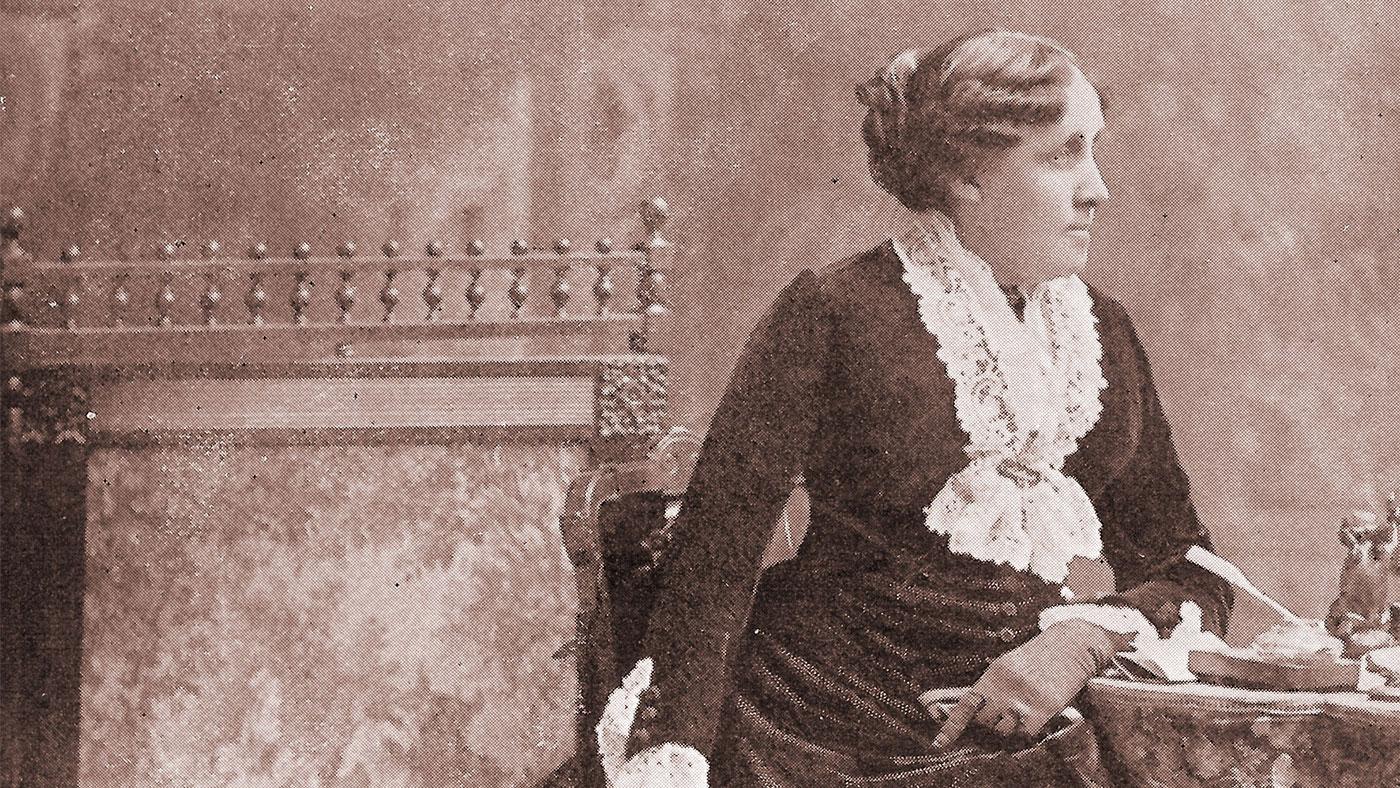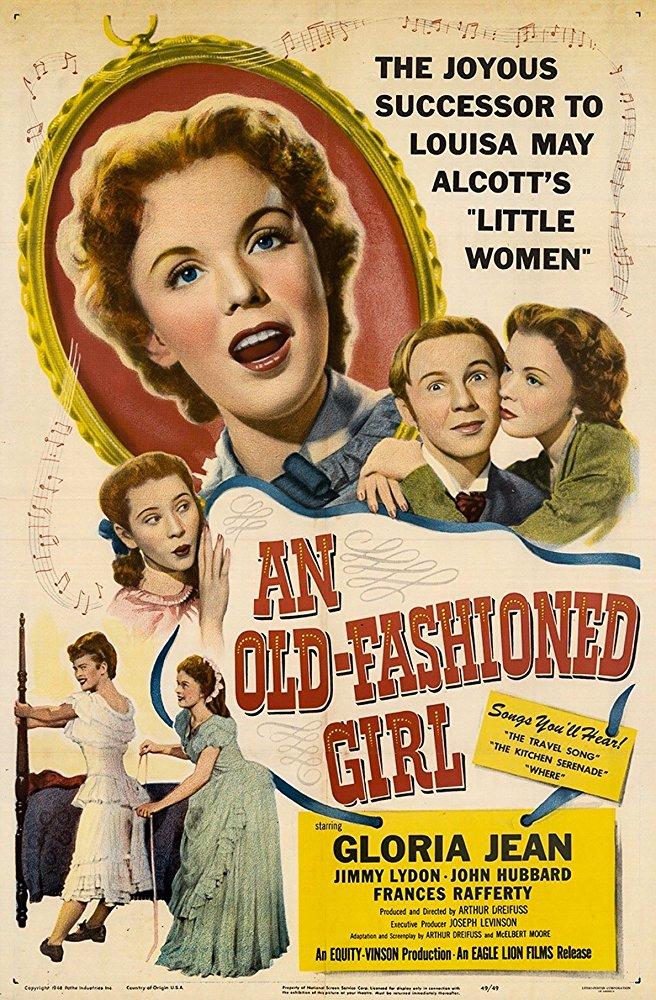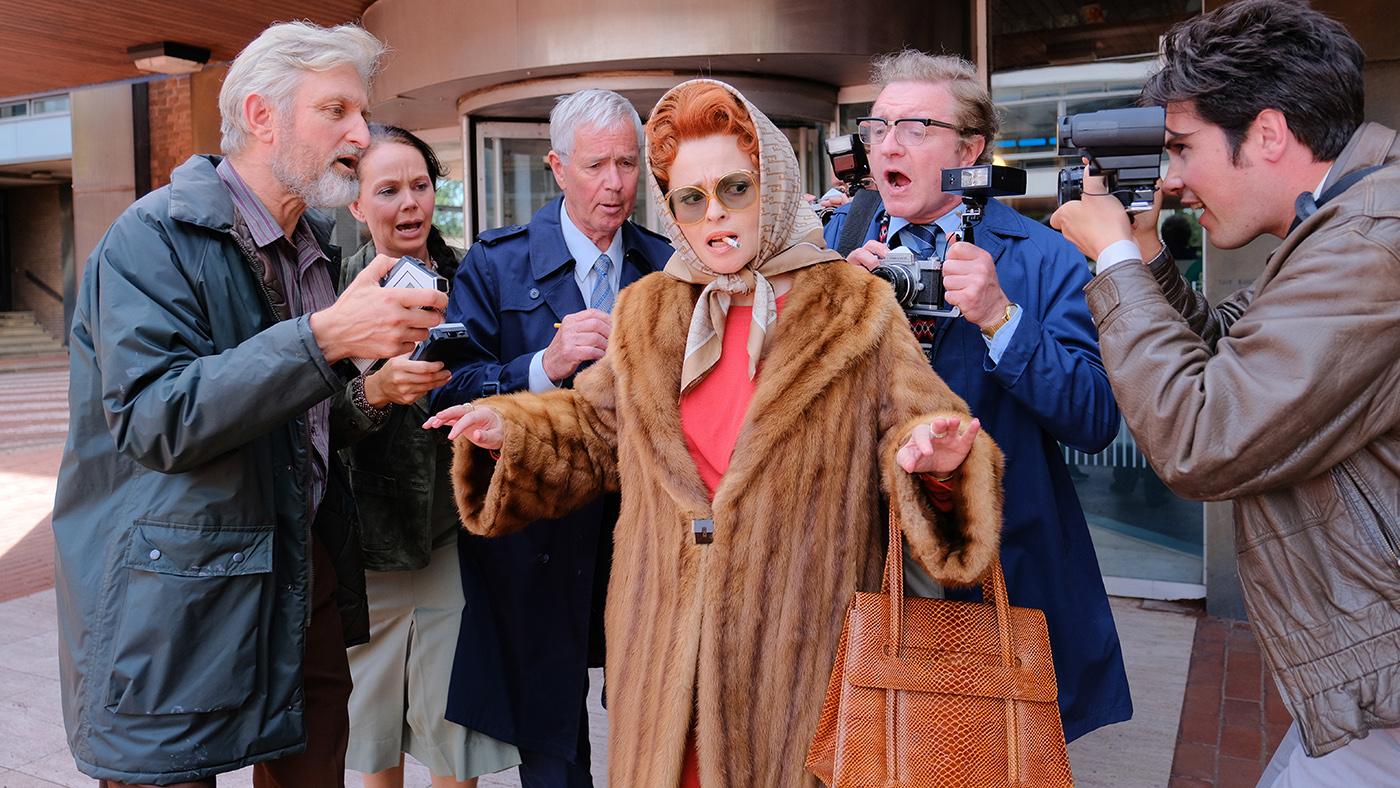Beyond 'Little Women': Louisa May Alcott's Other Writings
Daniel Hautzinger
May 11, 2018

Little Women airs in two parts, on Sundays May 13 and 20 at 7:00 pm, and is available to stream for a limited time. American Masters profiles Louisa May Alcott after Little Women on May 20, at 9:05 pm.
Little Women is one of the most beloved American novels of all time (it’s on PBS’s list of America’s favorite novels), but most people can’t name a single other book by Louisa May Alcott, even though she wrote many, including some under a pseudonym that weren’t traced to her until decades after her death. Learn about some of them here.
Flower Fables
 'Flower Fables' was written for Ralph Waldo Emerson's daughterAlcott was part of a remarkable group of artists and intellectuals associated with transcendentalism and centered in New England, including Henry David Thoreau, Henry Wadsworth Longfellow, Nathaniel Hawthorne, and Ralph Waldo Emerson. This collection of six fantastic stories was written for Emerson’s daughter Ellen. Flower Fables, published in 1854, was Alcott’s first published book. It consists of elves with names like Star Twinkle and Silver Wing relating fanciful tales, poems, and songs as they sit with their fairy queen.
'Flower Fables' was written for Ralph Waldo Emerson's daughterAlcott was part of a remarkable group of artists and intellectuals associated with transcendentalism and centered in New England, including Henry David Thoreau, Henry Wadsworth Longfellow, Nathaniel Hawthorne, and Ralph Waldo Emerson. This collection of six fantastic stories was written for Emerson’s daughter Ellen. Flower Fables, published in 1854, was Alcott’s first published book. It consists of elves with names like Star Twinkle and Silver Wing relating fanciful tales, poems, and songs as they sit with their fairy queen.
Hospital Sketches
In 1862 and 1863, Alcott volunteered as a nurse for the Union Army during the Civil War in Georgetown. She wrote letters about her six-week experience tending to the wounded; these sketches are drawn from that correspondence. They were originally published in a Boston newspaper in 1863. When they were collected in book form, the publisher donated five cents of every copy sold to orphans of the war.
Behind a Mask, or a Woman’s Power
Before gaining widespread fame as a moralistic young adult author with the publication of Little Women in 1868, the author of Flower Fables also published racy Gothic thrillers under the pseudonym A.M. Barnard to earn money. Alcott called these potboilers, published in rag periodicals, “blood-and-thunder tales” and never owned up to them. It wasn’t until nearly six decades after her death that the literary scholars and rare book dealers Leona Rostenberg and Madeleine Stern uncovered her pseudonym through a hint in her correspondence and tracked down the stories, editing three volumes of them. Behind a Mask, published in 1866, is a good example of the tales: the protagonist is a woman who pretends to be an innocent young naif, becomes a governess, causes every male member of the family to fall in love with her, manipulates them against each other, and eventually wins the wealthy estate for herself by marrying one of them. Very different from the wholesome March sisters.
 A film version of 'An Old-Fashioned Girl' starred Gloria Jean
A film version of 'An Old-Fashioned Girl' starred Gloria Jean
An Old-Fashioned Girl
After the success of Little Women, Alcott turned towards young adult novels that espoused her educational ideals. In this 1870 story, which was made into a musical film starring Gloria Jean in 1949, the country girl Polly Milton visits her wealthy friend Fanny Shaw in the city. Polly is seen as odd, with her unfashionable ways, but the Shaws eventually learn from her that money and style are less important than healthy relationships and a happy family. Polly continues to visit for the next six years, eventually becoming a music teacher in city and becoming engaged to Fanny’s brother.
Eight Cousins and Rose in Bloom
This pair of novels, published in 1875 and 1876, is similar to An Old-Fashioned Girl but perhaps more pedantic. The orphaned Rose goes to live under the care of her uncle Alec with seven boy cousins. Alec instills Alcott’s own values and lessons in Rose – rejecting restrictive women’s clothing, teaching her things women were not expected to learn so that she can be more independent. In Rose in Bloom, Rose carries those lessons into young adulthood.







